Exploring Market Trends for F16 Smart Watch and TWS Earphones at 2025 China Import and Export Fair
In the rapidly evolving consumer electronics market, the demand for innovative gadgets continues to surge, particularly for wearable technology like the F16 Smart Watch and TWS Earphones. According to a recent report by Statista, the global market for smart wearables is projected to reach USD 153 billion by 2024, indicating a substantial growth trajectory that is likely to extend into 2025. Additionally, a study by Research and Markets highlights that the True Wireless Stereo (TWS) earphones market will witness a compound annual growth rate (CAGR) of 20.3% from 2020 to 2025. The upcoming 138th China Import and Export Fair presents a unique opportunity for businesses to showcase products like the F16 Smart Watch and TWS Earphones, which are poised to leverage these market trends and meet the increasing consumer demand for sophisticated, multifunctional devices.
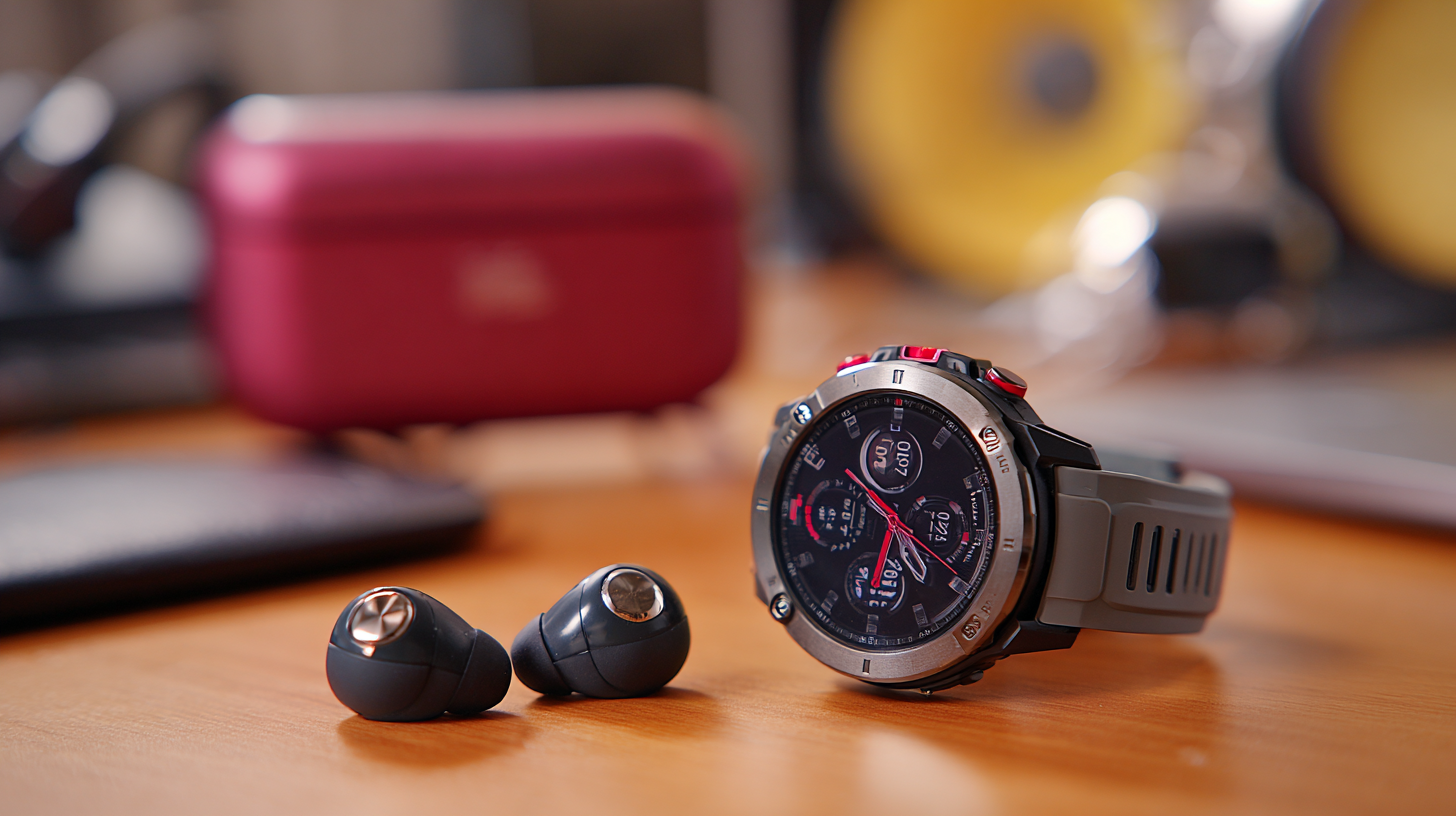
Trends in Smart Watch Technology and User Preferences by 2025
As the wearable technology market continues to expand, the Smart Watch segment is projected to witness significant growth by 2025. With a growing global emphasis on health and connectivity, the demand for smartwatches is expected to surge. The global wearable AI market, valued at approximately $388.5 billion in 2024, is forecasted to grow to $488.2 billion in 2025, subsequently reaching an astonishing $2,602.9 billion by 2032, signifying a robust compound annual growth rate (CAGR) in user adoption and technological advancements.
In terms of user preferences, the smartwatch market is diversifying, catering to different demographics with products split into categories such as quartz, digital, and luxury watches. Market research indicates that, by 2032, the smartwatch sector will have evolved not just in terms of functionality—such as health monitoring and Bluetooth connectivity—but also in style and consumer engagement strategies. Notably, e-commerce's rising influence on consumer behavior will shape purchase decisions, highlighting the need for manufacturers to enhance their online presence and marketing strategies to capture the evolving preferences of users.
Growth Potential for TWS Earphones in the Chinese Market
The TWS (true wireless stereo) earphones market in China is poised for remarkable growth, driven by increasing consumer demand and advancements in technology. According to recent reports, the shipment volume of wireless earphones in China reached approximately 96.1 million units in 2020, marking a 23.5% year-on-year increase. This growth trend is expected to continue, with attractive forecasts indicating that the TWS market will see a dramatic rise as more brands innovate and introduce high-quality products.
**Tips:** To capitalize on this growth, brands should focus on enhancing sound quality and battery life, as these are key factors influencing consumer choices. Additionally, incorporating AI features can help create a competitive edge in the market.
With the competitive landscape becoming increasingly dynamic, companies that successfully integrate advanced technologies into their earphones stand to gain significantly. The market is predicted to experience a compound annual growth rate of around 20.8% in the upcoming years, reiterating the importance for brands to stay ahead of market trends and consumer preferences.
**Tips:** Engagement through social media and targeted marketing campaigns will also be essential for brands to reach the younger demographic, who are crucial adopters of new technologies. Brands should harness feedback to continuously improve their products and meet evolving user needs.
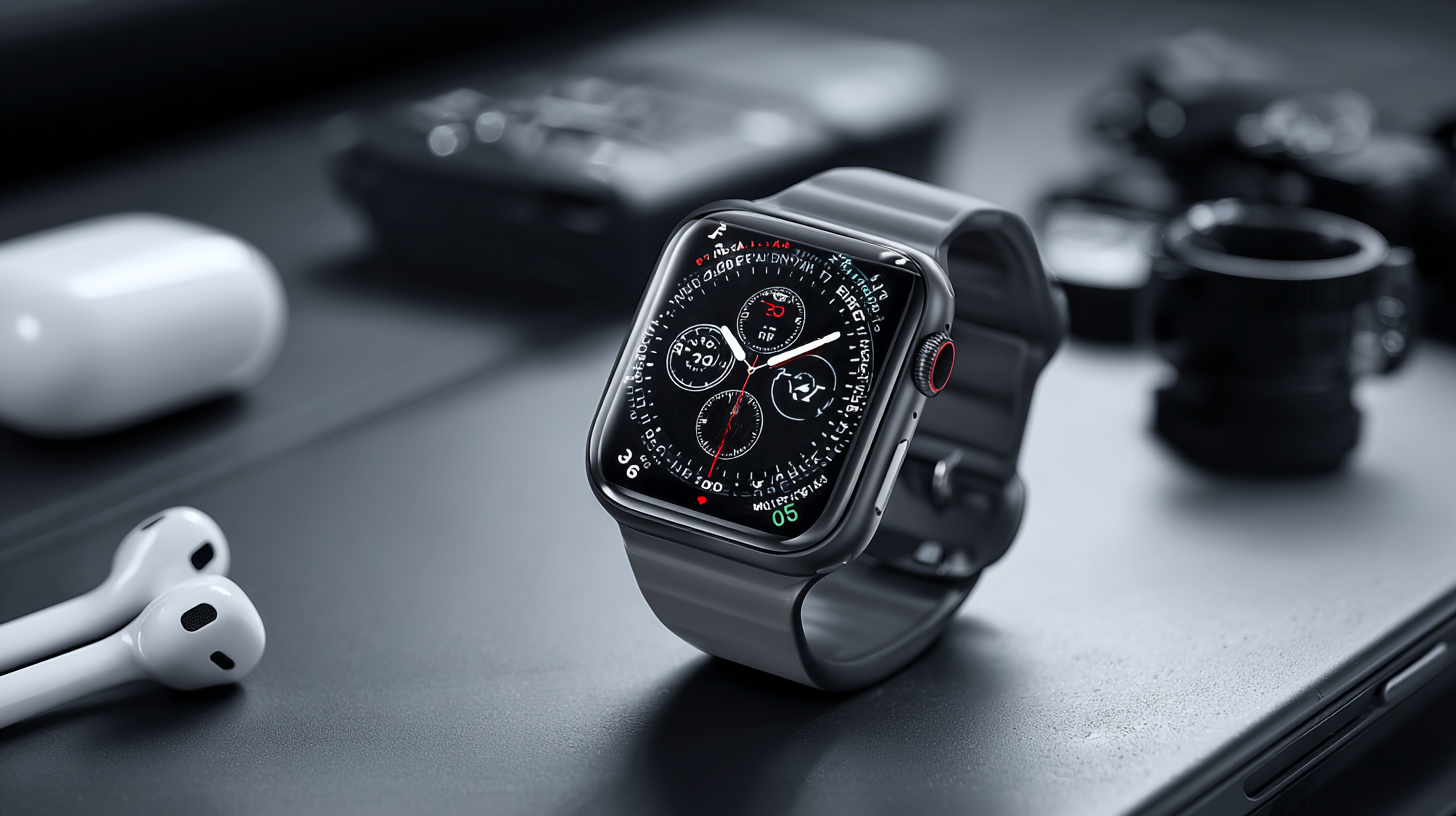
Impact of Consumer Behavior on Smart Wearable Devices
The impact of consumer behavior on smart wearable devices, such as the F16 Smart Watch and TWS earphones, is crucial for understanding market trends at the 2025 China Import and Export Fair. As technology continues to advance, consumers are increasingly seeking devices that seamlessly integrate into their daily lives. The demand for smart wearables reflects a shift towards health-consciousness and convenience, with features such as fitness tracking, heart rate monitoring, and hands-free audio significantly influencing purchase decisions.
Additionally, consumer preferences are evolving rapidly, driven by varying demographics and lifestyle changes. Younger consumers prioritize style and connectivity, often gravitating towards customizable options that align with their personal aesthetics. In contrast, older consumers may focus on functionality and reliability, valuing devices that enhance their health management. This divergence highlights the importance of targeted marketing strategies that cater to distinct consumer segments, ensuring that manufacturers can meet the diverse needs of their customers while also capitalizing on emerging trends in smart wearable technology.
Exploring Market Trends for F16 Smart Watch and TWS Earphones at 2025 China Import and Export Fair - Impact of Consumer Behavior on Smart Wearable Devices
| Category | Year | Sales Volume (Units) | Growth Rate (%) | Consumer Preference (%) |
|---|---|---|---|---|
| F16 Smart Watch | 2025 | 1,500,000 | 15% | 70% |
| TWS Earphones | 2025 | 2,000,000 | 20% | 75% |
| F16 Smart Watch | 2026 | 1,700,000 | 13% | 72% |
| TWS Earphones | 2026 | 2,400,000 | 20% | 78% |
Competitive Analysis of F16 Smart Watch and TWS Earphones Brands
The competitive landscape for F16 smart watches and TWS earphones is rapidly evolving, particularly as we approach the 2025 China Import and Export Fair. Major brands in the smart wearables segment are showcasing technological advancements that enhance user experience, such as improved battery life, integrated health monitoring features, and seamless connectivity with other devices. Brands like Apple, Samsung, and emerging players in the Chinese market are vying for consumer attention by promoting unique functionalities that distinguish their products from competitors.
In the realm of TWS earphones, competition is equally fierce. Leading brands are focusing on sound quality, noise cancellation technologies, and comfort to capture the discerning audiophile demographic. Notably, Chinese manufacturers are leveraging competitive pricing strategies without compromising quality, making them formidable contenders in both local and international markets. The focus on innovative marketing approaches and collaboration with popular influencers is further intensifying the competition, drawing in tech-savvy consumers looking for the best value in their purchases. Amidst this dynamic marketplace, keeping a pulse on consumer preferences and industry trends will be critical for brands aiming to succeed at the upcoming fair.
Future Innovations in Smart Wearable Tech: What to Expect
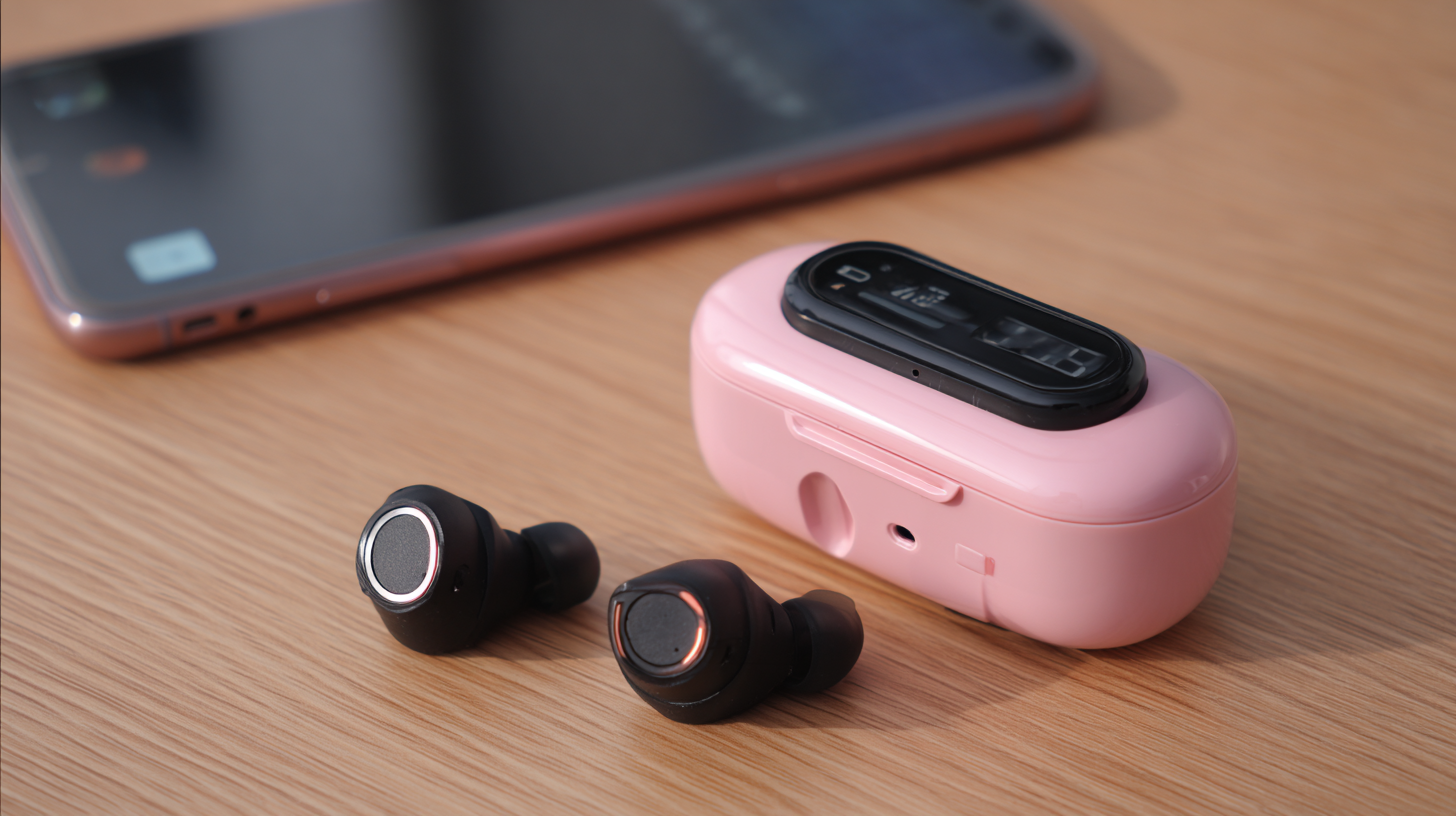 As we venture into 2025, the landscape of smart wearable technology is set for groundbreaking innovations. The rise of smart rings and advanced smartwatches will significantly impact how users integrate technology into their daily lives. The anticipated developments in wearables will emphasize health monitoring, activity tracking, and seamless connectivity, making everyday tasks more efficient and enjoyable.
As we venture into 2025, the landscape of smart wearable technology is set for groundbreaking innovations. The rise of smart rings and advanced smartwatches will significantly impact how users integrate technology into their daily lives. The anticipated developments in wearables will emphasize health monitoring, activity tracking, and seamless connectivity, making everyday tasks more efficient and enjoyable.
Tips: When choosing a smart wearable, consider its compatibility with your current devices. This ensures a smoother user experience and maximizes the functionalities available to you. Look for devices that prioritize health data accuracy, as this can affect your fitness and wellness tracking.
Furthermore, with the increasing accessibility and functionality of AI, future wearables will become more intuitive. Expect features such as personalized fitness coaching and advanced health insights based on real-time data. As manufacturers prioritize user-centered design, the blend of style and function will become more pronounced, appealing to a broader audience.
Tips: Always stay updated on new releases and software updates for your devices. Engaging with online communities can provide real-time feedback and tips on maximizing the potential of your wearable technology. This can be especially helpful for unlocking hidden features that enhance user experience.
Related Posts
-

Unveiling the Hidden Issues in F16 Smart Watch and TWS Earphone Compatibility
-

Solutions for Achieving Ultimate Sound Quality with Best Ts100 Tws Earbud
-
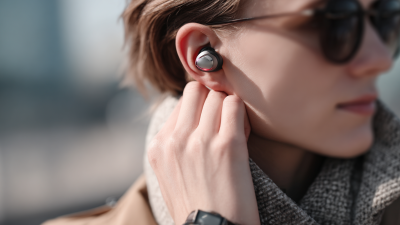
Solutions for Global Buyers Seeking F16 Smart Watch and TWS Earphone Innovation
-

2023 Best F16 Smart Watch TWS Earphone Features You Must Know
-
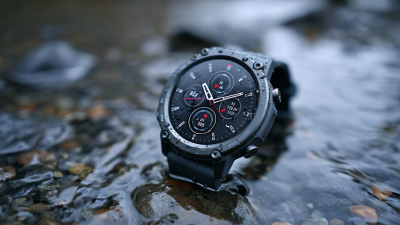
Understanding the Challenges with the F16 Smart Watch and TWS Earphone Combination
-

Unlocking Digital Strategies for Effective Sourcing and Procurement Tips for Success



